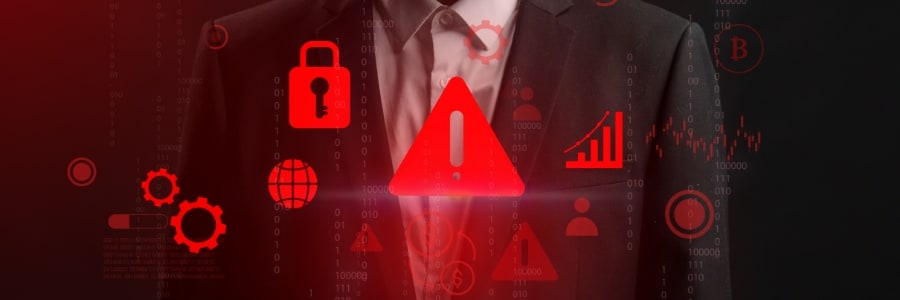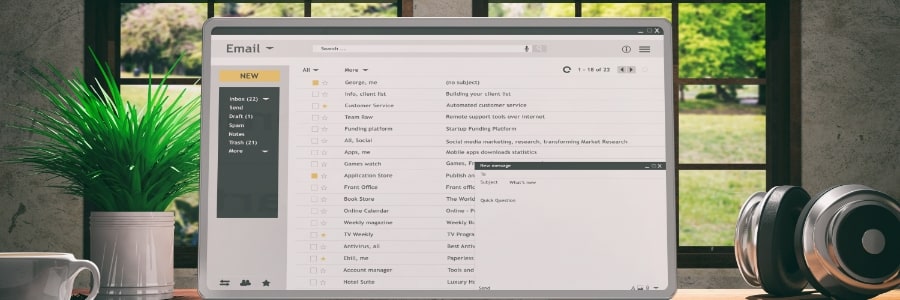
Why your business website goes offline
Did you know that a delay of just a few seconds can cause nearly half
Explore practical insights, expert tips, and updates that help your business run smarter


Did you know that a delay of just a few seconds can cause nearly half

The annual IT budget meeting is a moment most leaders dread. For the IT team,

These days, work moves fast and the pressure to keep up can be intense. But

The holiday season brings a surge of shoppers and increased sales, making it one of

Dropped calls, blocked apps, or sluggish audio can make any Voice over Internet Protocol (VoIP)

You didn’t start a business to spend your evenings renaming files or copy-pasting numbers from

Artificial intelligence (AI) has become essential for modern business. Cloud AI makes it accessible and

The cloud should be a secure place for business data, but cloud misconfigurations and lax

If you think Voice over Internet Protocol (VoIP) security is simply about setting a strong

Are you still using an older version of Microsoft Office, specifically 2016 or 2019? If